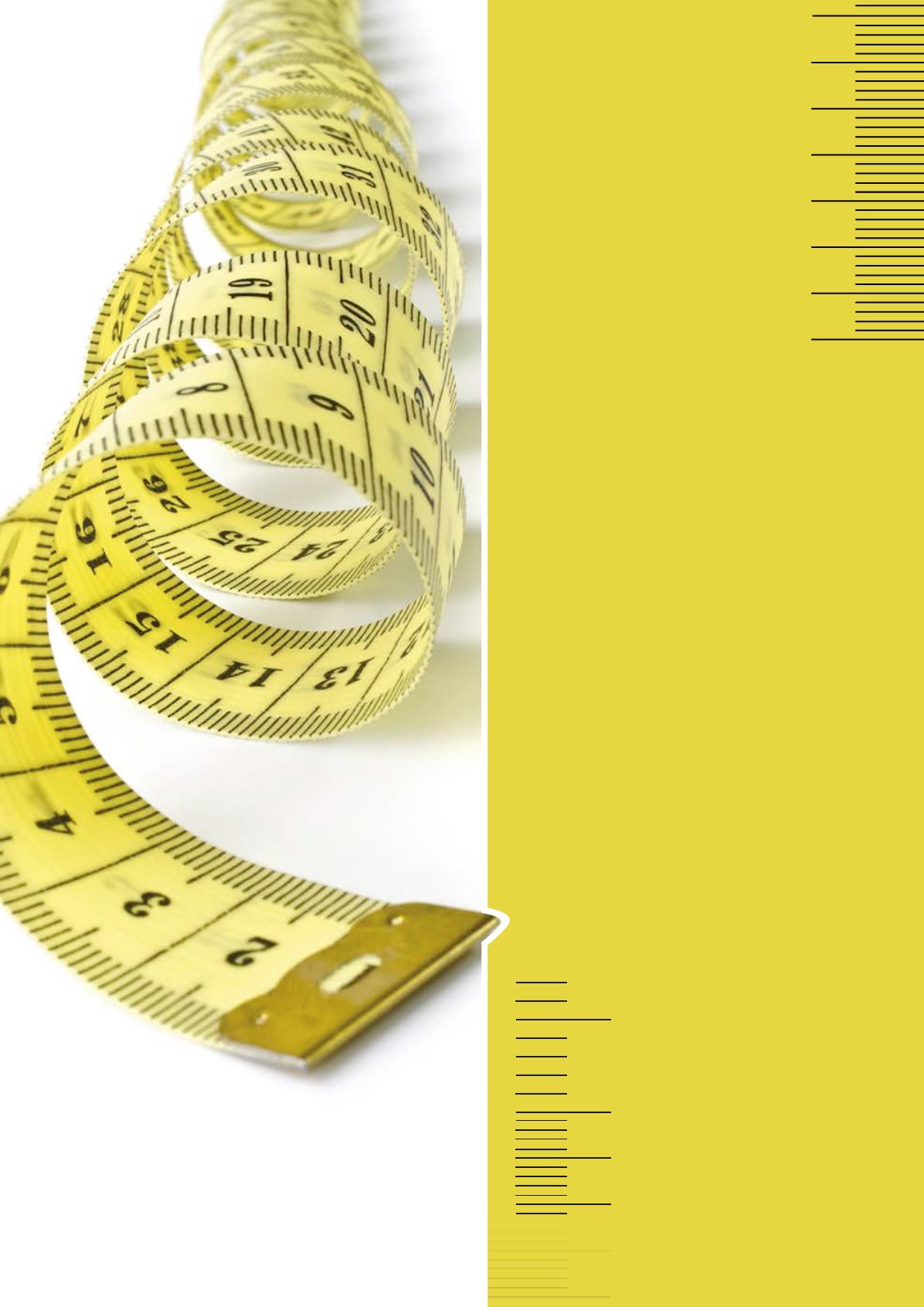
C
oiled tubing stringdesignmethodologiesused
tobe simplistic. Designengineerswould take
intoaccountdepth, pressureandpump rates to
determine thediameter,wall thicknessand lengthof
coiled tubing strings.Often theseweredesigned tohave
onlyonecontinuouswall thickness. Technical advances
in seismic imaging, directional drillingandhydraulic
fracturingunconventional shaleplayshave increased the
need for careful coiled tubing stringdesignengineering.
Computermodellingof helical buckling in thevertical
sectionof thewell and sinusoidal andhelical buckling
in thehorizontal section is critical tounderstanding
horizontal reach. Asa result of thismodelling, the lengths
of coiled tubing stringshave increased significantlyas
have thediameter andwall thicknesses tohandle the
volumesand the stressesof these longhorizontal shale
plays. Additional increases inwall thickness in thearea
withhighest accumulatedplastic fatiguehas improved
the lifeof coiled tubing strings, but has sacrificed the
transportabilityof the stringsby increasing theoverall
weight.Optimising theseco‑dependent variables iskey to
operational success.
GETTING
TO
THE THICK
OF IT
GarryMcClelland,
Global Tubing, LLC, USA, discusses
innovations to improve coiled tubing
string designmethodologies.
|
47


